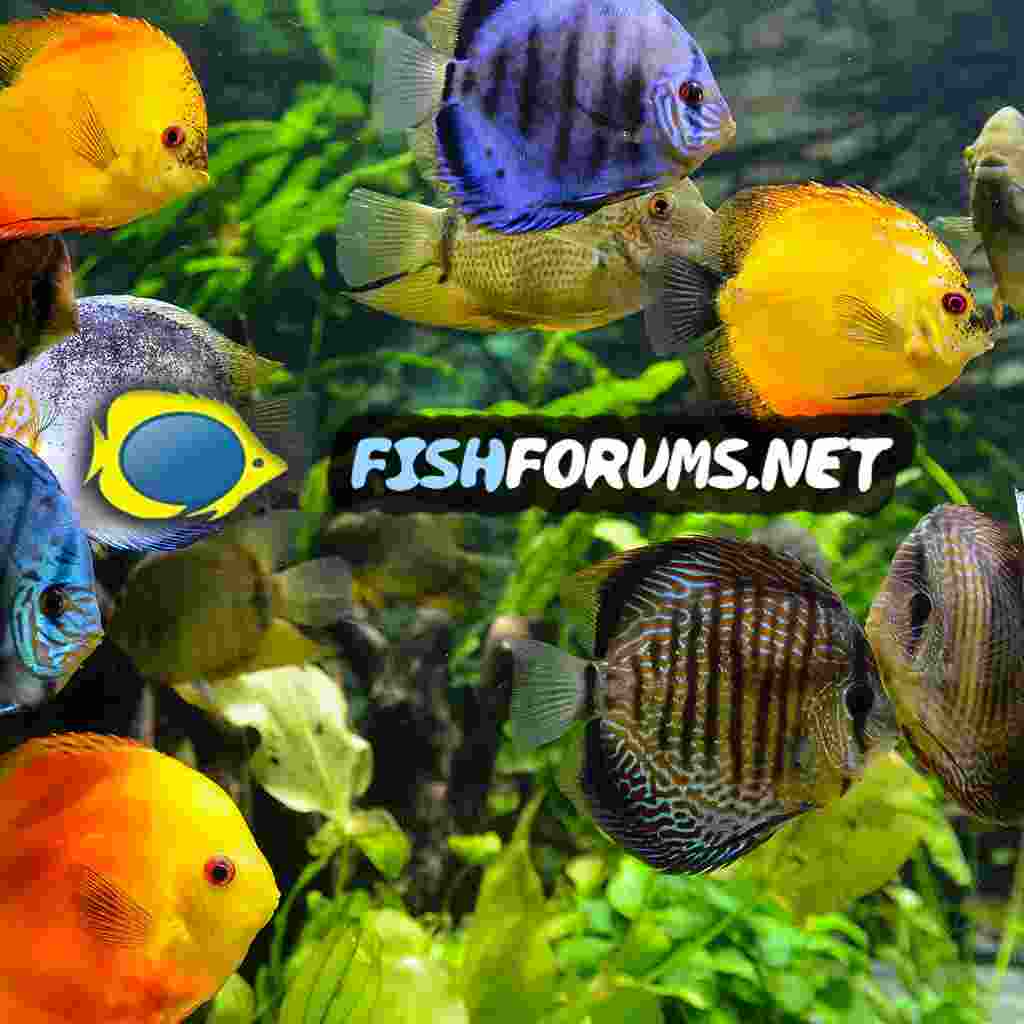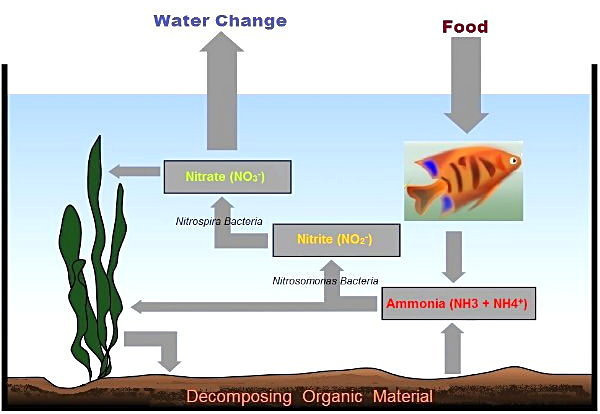* the flicking against things constantly
* laying the bottom when not swimming (or flicking)
* still eating
* his colour isn’t as bright
* clamped fins
He was such a lively platy, I want to save him.
I’ve been told it could be flukes?
Rubbing against objects and clamped fins is normally caused by external protozoan infections like white spot (Ichthyophthirius), velvet (Oodinium), Costia, Chilodonella or Trichodina.
White spot produces small white dots on the fish's body and fins. Your fish does not have this.
Velvet produces a yellow/ gold sheen over the body and fins. If you shine a torch on the fish after dark, or photograph them after dark (using a camera flash), then the yellow/ gold sheen shows up and is clearly visible. It is usually visible during the day but not always, especially if it's a minor case. I doubt this is velvet.
Costia, Chilodonella & Trichodina cause the fish to rub on objects, have clamped fins and develop cream, white or grey patches on the body where the parasites are biting the fish. These cream, white or grey patches are excess mucous produced by the fish when it is injured or stressed, and is designed to protect the damaged area. The fish in the picture looks like it is covered in a creamy white film.
Poor water quality also causes fish to occasionally rub on objects and develop a cream/ white film over their body. However, your ammonia, nitrite and nitrate appear fine so that is unlikely to be the issue.
The fish might have gill flukes but they are not causing this problem. It does not have body flukes.
----------------------
I would say your fish have an external protozoan infection like Costia, Chilodonella or Trichodina, and the best treatment for them is salt (see directions below).
SALT
You can add rock salt (often sold as aquarium salt), sea salt or swimming pool salt to the aquarium at the dose rate of 2 heaped tablespoon per 20 litres of water.
If you only have livebearers (guppies, platies, swordtails, mollies), goldfish or rainbowfish in the tank you can double that dose rate, so you would add 4 heaped tablespoons per 20 litres.
Keep the salt level like this for at least 2 weeks but no longer than 4 weeks otherwise kidney damage can occur. Kidney damage is more likely to occur in fish from soft water (tetras, Corydoras, angelfish, gouramis, loaches) that are exposed to high levels of salt for an extended period of time, and is not an issue with livebearers, rainbowfish or other salt tolerant species.
The salt will not affect the beneficial filter bacteria but the higher dose rate (4 heaped tablespoons per 20 litres) will affect some plants and some snails. The lower dose rate will not affect plants, shrimp or snails.
After you use salt and the fish have recovered, you do a 10% water change each day for a week using only fresh water that has been dechlorinated. Then do a 20% water change each day for a week. Then you can do bigger water changes after that. This dilutes the salt out of the tank slowly so it doesn't harm the fish.
If you do water changes while using salt, you need to treat the new water with salt before adding it to the tank. This will keep the salt level stable in the tank and minimise stress on the fish.
----------------------
I'm not sure what pure aquarium balls are?
----------------------
What is the GH (general hardness), KH (carbonate hardness) and pH of your water supply?
This information can usually be obtained from your water supply company's website or by telephoning them. If they can't help you, take a glass full of tap water to the local pet shop and get them to test it for you. Write the results down (in numbers) when they do the tests. And ask them what the results are in (eg: ppm, dGH, or something else).
Guppies, platies and swordtails need a pH above 7.0 and a GH above 200ppm for optimum health.
----------------------
LIGHTS
Stress from tank lights coming on when the room is dark can be an issue. Fish don't have eyelids and don't tolerate going from complete dark to bright light (or vice versa) instantly.
In the morning open the curtains or turn the room light on at least 30 minutes (or more) before turning the tank light on. This will reduce the stress on the fish and they won't go from a dark tank to a bright tank instantly.
At night turn the room light on and then turn the tank light off. Wait at least 30 minutes (or more) before turning the room light out. This allows the fish to settle down for the night instead of going from a brightly lit tank to complete darkness instantly.
----------------------
The following link has information about what to do if your fish get sick. It's long and boring but worth a read when you have some spare time. I recommend printing it out and reading it in bed to help fall asleep

If your fish ever looks sick or unwell, then the following steps might help. Test the Water and Clean the Tank. Test the water quality for ammonia, nitrite, nitrate and pH and write the results down in numbers. Check it for general hardness (GH) and carbonate hardness (KH) too if you can, but...

www.fishforums.net




